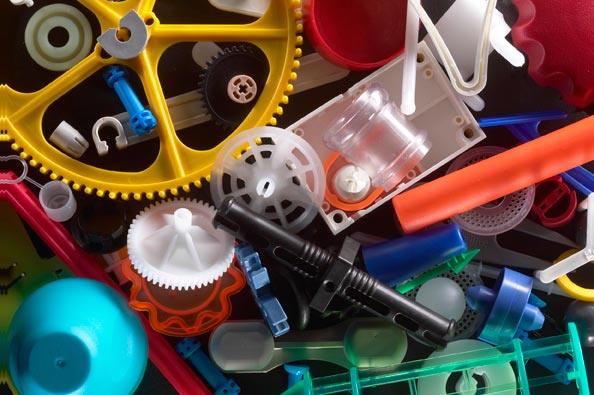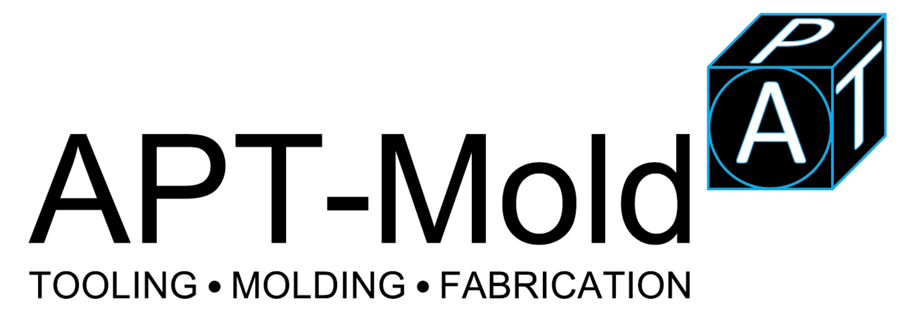In today’s manufacturing environment, plastic injection molding is one of the popular methods that companies worldwide are using. In this process, a plastic or solid rubber are heated and forms in various plastic molds. When the material cools down inside the molds, the final product will take the shape of the cavity of the mold.
Plastic Injection: A Look Back
An American, John Wesley invented the first plastic injection molding in 1872. This is the first plastic injection molder. Before the turn of the century, plastic molding is simple and used mostly on primary products like balls, buttons, and combs.
In the 1970s, James Watson Hendry initiated an innovation on the method by introducing a gas-assisted plastic injection molding. The process has made it possible to create and mold more complicated plastic products faster. With its 140 years of existence, it has helped revolutionize the world.

plastic injection molding products, *picture from rodongroup.com
Materials and Equipment Used in Plastic Injection Molding
There are many different kinds of materials and equipment that are used in the plastic injection process. The basic is, of course, the mold and the elements that make up the mold. This mold is called a die, which is made from any of the following: aluminum, hardened steel, pre-hardened steel, or an alloy from beryllium and copper. These dies are the most expensive part of the plastic injection molding but are necessary to make the plastic parts.
The materials used to make the parts can be: ABS, nylon, polyethylene, polypropylene, vinyl (a flexible PVC) and high impact polystyrene (HIPS). In a plastic injection molding facility, the plastic molds are kept in separate storage facilities mostly in industrial grade and commercial-sized racks.
The Benefits of Plastic injection Molding?
The main benefit of plastic injection molding is its ability to produce products end masse. Once the return on the initial costs is covered, the price per unit of the item during the plastic injection molding will be low. With more parts made, the price will drop significantly. Aside from this, the following are the benefits of using this manufacturing method.
It has low scrap rates
Compared to the other famous manufacturing process like CNC machining, which cuts away a substantial amount of plastic, plastic injection molding ranks next to 3D printing when it comes to scrap rates. The wastes from injection molding are coming from four areas: the gate locations, the sprue, the runners, and the overflow of material that leaks out from the cavity.
The sprue is the channel where the molten plastic passes through from the nozzle of the injection molding machine to the entrance of the injection mold tool. Meaning, this part is separated from the mold tool.
The runner is the system of channels that meets the sprue and is a component of the mold tool. It guides the molten plastic along through the part cavities. The gate, on the other hand, is the runner that leads directly to the pit.
After the injection molding process is done, the whole molten plastic will cool down, and the plastic residue will be left on the runners, gates, part cavities, and sprue. If the material is thermoplastic, it can be melted, cooled, and solidified. Meaning the material can be recycled or add this material back into the raw material that is used in the injection molding press. The re-grind products are often used in low-quality parts that do not need high performance.
It is repeatable
Another excellent benefit of plastic injection molding is you can produce parts that are identical to the very first item made. This characteristic helps when wanting to create part reliability and brand consistency in mass production.
The Downside of Plastic Injection Molding
In plastic injection molding, the upfront cost is very high because of design, testing, and tooling requirements. When designing the parts in high volume, you have to make sure the design has all the correct dimensions. This process is not as easy as you think.
Designing and prototyping the part to the specification is usually made with 3D printer and of different material while developing the injection mold tool to be used for production often requires the development of a customized tool. Before the actual mass production, all the details in the injection mold tool are needed.
The major downside of plastic injection molding is the high tooling costs and the longer lead times. As explained above, all the iteration needed on the tool has to be correct before going to full production. This requires time and money.
Lastly, because the tool is made from steel or aluminum, it is hard to make any changes. If you want to make changes, it might mean the necessity to discard the tool entirely and create a new one.
Plastic injection molding can be an excellent production method if you need massive quantities. However, before choosing this method, you need to weigh in its benefits over the drawbacks.
